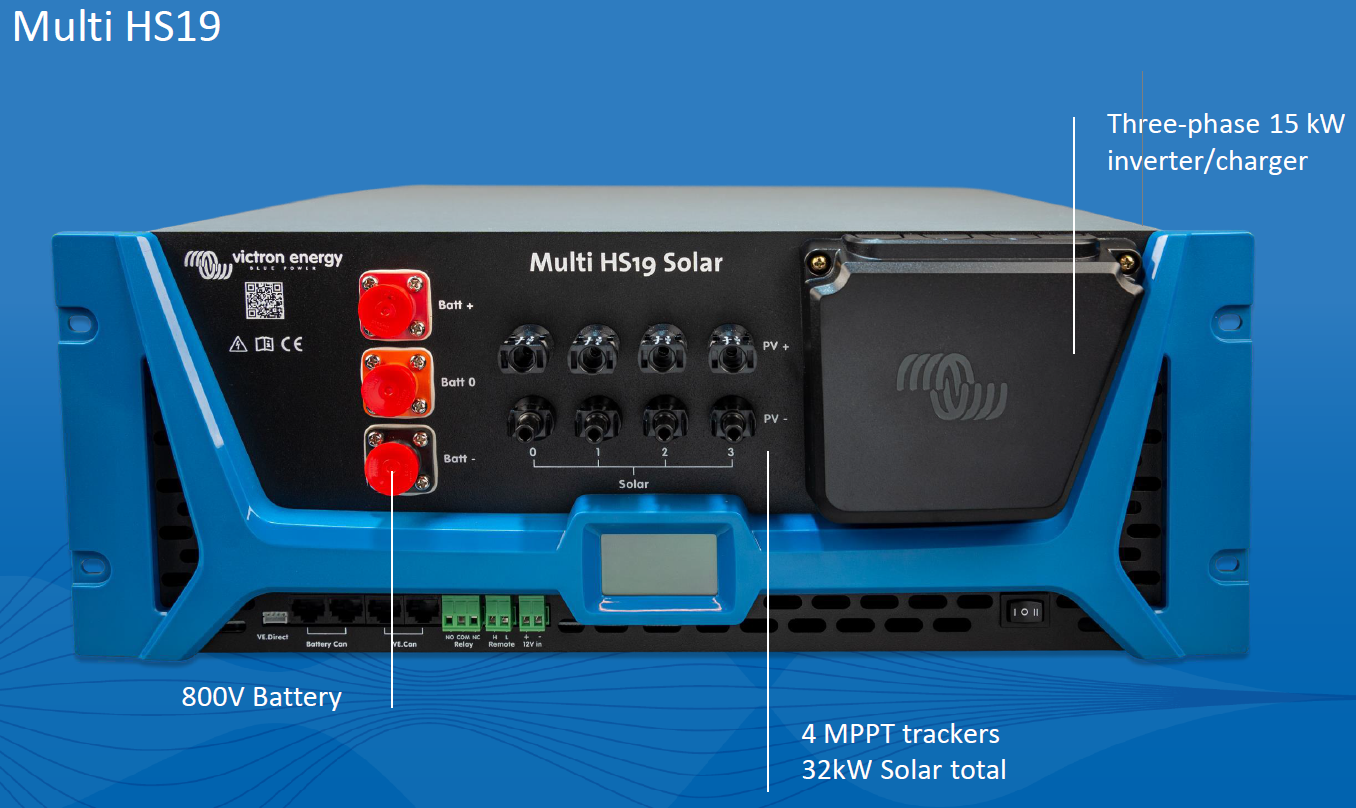Living in Norway it's evident for me that sourcing of batteries for our solutions will be decommissioned batteries from Electric Vehicle (EV). This is already happening in Norway.
There are some issues with this. Modular batteries with singel cell or "12v, 24v or 48v" modules is favorable, but EV battery design is moving away from this. Soon a typical Tesla battery is one big modul of 400V - Not possible to rebuild.
If Victron create 400V DC devices we could use these batteries directly. Preferable using the already available BMS.
My wish for the futture!


